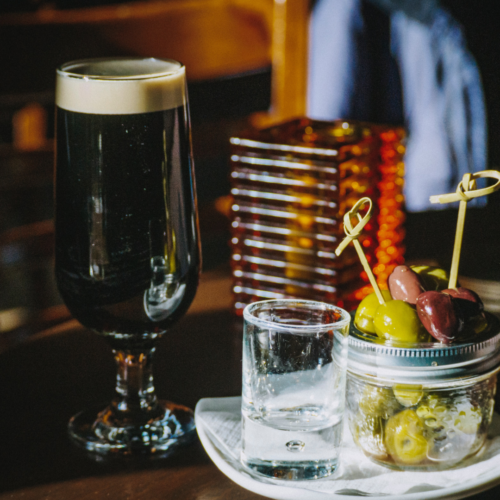THE ORIGINAL CREAMY MALT SENSATION
The beautiful darkness.
Arriving in England in the 1700’s, an inexpensive dark brown malt was introduced full of complex and flavourful characteristics. Known as the first ready to drink beer, barrels of young, moderately strong in alcohol content beers were becoming ever more popular for hard working transport workers, hence the name Porter becoming the mainstage name.
At a time of changing technology and the introduction of steam power, the new dark malt beer was here to stay as scales of breweries in England grew substantially. With extreme popularity, different breweries experimented with different richness’s and characteristics, and with stronger pours being trialled, the name ‘Stout’ was founded.
Similar brews yet such different sensations.
With darker malts being used, both Porter and Stout’s colours are disguised very similarly and can be often hard to differentiate. However, in today’s market Porters are generally sweeter and lighter in colour with notes of chocolate or almost mocha like flavours whereas the malt used in stouts are roasted and release darker bitter characteristics like cream or coffee. Grain shortages during times of war led to less alcohol content in English Porters whilst other parts of the United Kingdom such as Ireland, were less affected and could continue to brew stronger stouts. This difference is still noticeable today where Irish Stouts like Guinness tend to thrive more in Europe more so than Porters.
Raised in Europe, stayed in Europe.
With stronger stouts tending to show prominence within the dark malt market, the variety and complex flavours available didn’t quite get kicking around the world. With very distinct looks and characteristics, the roasted warmth, coffee like sensation was great for cooler regions in Europe. However across the globe, in America and certainly here in Australia, the market is heavily after notes full of cool, fruitful aromas or crisper, clean characteristics to refresh one’s thirst.
